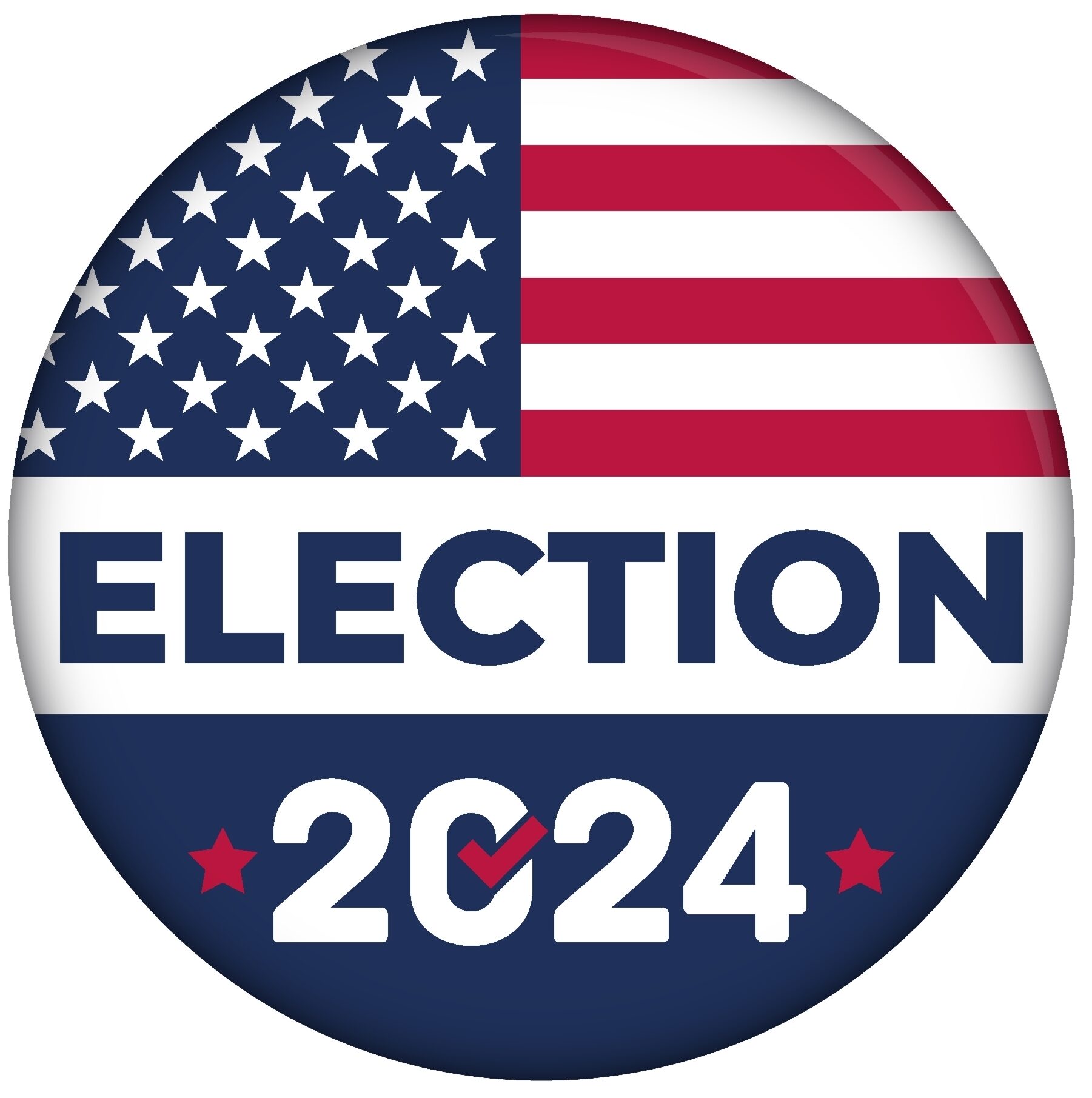As we near the 2024 General Election, we have already seen an increase in compliance concerns related to Political signs from our homeowners’ association clients. Many recorded deed restrictions in homeowners’ associations contain restrictions precluding the display of signs, including Political signs, within a Lot or Unit. However, Arizona Revised Statutes § 33-1808 (planned communities) and A.R.S. § 33-1261 (condominiums) grant certain protections over “Political signs” in homeowners’ associations, superseding the recorded restrictions and outlining the rights of homeowners to display political signs within their properties subject to guidelines for such displays. The following is a refresher of the statutory restrictions against Political sign enforcement for those associations’ where Political signs are prohibited by the governing documents.
What are Political signs?
The term “Political sign” is defined by A.R.S. § 33-1808/1261 as a “sign that attempts to influence the outcome of an election, including supporting or opposing the recall of a public officer or supporting or opposing the circulation of a petition for a ballot measure, question or proposition or the recall of a public officer.” We suggest seeking legal advice when determining whether a sign qualifies as a political sign, as not all signs meet these criteria for statutory protection.
When may Political signs be displayed?
Political signs are permitted to be displayed on a Lot or Unit seventy-one (71) days before the primary election and up to fifteen (15) days after the date of the general election. The Primary Election will be held on July 30, 2024 and the General Election will be held on November 5, 2024. Accordingly, for the 2024 General Election, political signs may be displayed between May 19, 2024 and November 21, 2024. However, signs supporting a candidate/initiative in a primary election that does not advance to the general election must be removed by August 15, 2024.
How many Political signs may be displayed?
Pursuant to A.R.S. § 33-1808/1261, an association may adopt rules regulating the size and number of political signs that may be placed on a Lot/Unit provided those regulations are no more restrictive that those imposed by the applicable city, town, or county.
In areas where there are no city, town, or county ordinances regulating the size and number of political signs, an association is only permitted to adopt restrictions limiting the maximum aggregate total dimension of all Political signs on the Lot/Unit to no more than nine square feet.
Can Political Signs be removed from Common Areas/ Common Elements?
Yes, an association is entitled to remove unapproved signs from its private property. We recognize that A.R.S. § 16-1019 is often misinterpreted to preclude associations from removing political signs from the Common Areas/Common Elements as this statue precludes the cities, towns, and counties from removing political signs from their public right-of-ways. However, in accordance with A.R.S. § 16-1019(B) signs or printed materials which are placed on private property with or without the permission of the owner may be removed by the property owner without penalty.
However, special care should be taken to ensure that the association is not removing Political signs from areas outside its private property (this issue often arises in the case of publicly dedicated right-of-ways and medians). Pursuant to A.R.S. § 16-1019, it is a class 2 misdemeanor for any person to knowingly remove, alter, deface or cover a political sign of any candidate for public office for a period of time commencing forty-five (45) days before a primary election and ending seven (7) days after the general election (June 14th through November 13, 2024).
While the planned community statutes and the Condominium Act provide a framework for the display of Political signs within HOA-governed communities, controversies often arise over the interpretation and enforcement of these regulations, leading to disputes between homeowners and associations regarding the definition of “reasonable” restrictions or the boundaries of individual property rights versus community standards. Furthermore, conflicts may arise when homeowners express divergent political views, leading to tensions within the community. In some cases, associations may face accusations of bias or discrimination if they selectively enforce sign regulations based on the content of the message. Accordingly, concerns related to Political signs should not be taken lightly.
We welcome your association to contact us to discuss these concerns as we enter the 2024 election cycle. Communication and cooperation between homeowners and their associations are crucial in maintaining harmony within the community while respecting the rights of individual homeowners to express their political beliefs. Open dialogue and transparent enforcement of sign regulations can help mitigate disputes and foster a sense of inclusivity and mutual respect among residents. By understanding and respecting these regulations, homeowners can exercise their rights while contributing to the overall well-being and harmony of their communities.
The information contained in this article is not intended to be legal advice and is provided for educational purposes only.
